NLP: A Modern Marvel or a Well-Kept Secret of the Past?
 Jaydev Jadav
Jaydev JadavTable of contents

Today, Natural Language Processing (NLP) plays a key role in technologies like machine learning and artificial intelligence, attracting many new engineers. While some might think these technologies are brand new, they could actually be overlooked treasures that have been around longer than we realize. From Google Image Search to smart assistants like ChatGPT, Siri, and Alexa, NLP helps simplify our daily tasks and changes how we interact with technology.
As NLP becomes more popular, it raises an interesting question: Is it a modern wonder or a forgotten part of our history? In this blog, we’ll explore the story and development of NLP, looking at where it came from and why it matters today. Let’s dive in and discover the exciting world of NLP together!
Many newcomers working with NLP often wonder: What exactly is Natural Language Processing (NLP)?
“Natural Language processing is a subfield of linguistics, computer science and artificial intelligence concerned with the interactions between computers and human language in particular how to program computers to process and analyze large amounts of natural language data”
To effectively learn NLP, it's essential to understand its three foundational pillars:
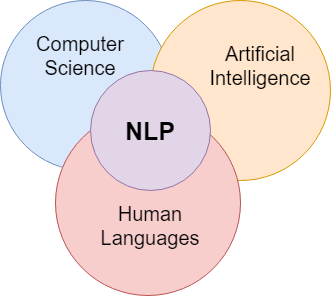
Computer Science: The technical skills and algorithms needed to build and optimize NLP systems.
Artificial Intelligence: The methods and techniques that enable machines to learn from and make predictions based on language data.
Human Language: A grasp of linguistics, including grammar, syntax, and semantics, to help machines understand human language more effectively.
As an NLP Engineer, you may often find yourself working with different natural languages. But what exactly qualifies as a natural language? This is a common question for those delving into the world of Natural Language Processing (NLP).
What is Natural Language?
“In neuropsychology, linguistics, and the philosophy of language, a natural language or ordinary language is any language that has evolved naturally in humans through use and repetition station without conscious planning or premeditation. Natural language can take different forms such as speech or signing. They are distinguished from constructed and formal languages such as those used to program computers or study logic.”
Understanding the difference between natural and constructed languages is fundamental for NLP engineers, as the goal is often to make machines understand and process natural human languages.
As we explore NLP (Natural Language Processing), it becomes clear that NLP is a hidden gem in the software field, often used in our daily lives without us even realizing it. Here are some common examples of how NLP impacts our everyday experiences:
Contextual Advertising
NLP helps analyze user behaviour and content to show relevant ads based on your viewing context.Email Clients – Spam Filtering
NLP-powered algorithms detect spam by analyzing the content and context of incoming emails to keep your inbox clean.Email Smart Replies
Ever noticed those quick reply suggestions in your email? That's NLP at work, generating context-aware responses.Social Media – Removing Adult Content
NLP helps social media platforms automatically detect and remove inappropriate content, keeping feeds safe and clean.Search Engines
When you type a query, search engines like Google use NLP to understand your intent and provide the most relevant results.Chatbots
NLP enables chatbots to understand user input, provide accurate responses, and assist with customer service, queries, or troubleshooting.Device Assistants – Alexa, Siri
Voice-activated assistants like Alexa and Siri use NLP to interpret your spoken commands and deliver accurate responses.
As an NLP developer, you can find various ways to apply Natural Language Processing in real life, making processes easier and more efficient. To succeed as an NLP engineer, you'll need to work on the following core tasks:
Text/Documents Classification

Organizing and categorizing large volumes of text based on their content makes it easier to manage and retrieve information.
Sentiment Analysis
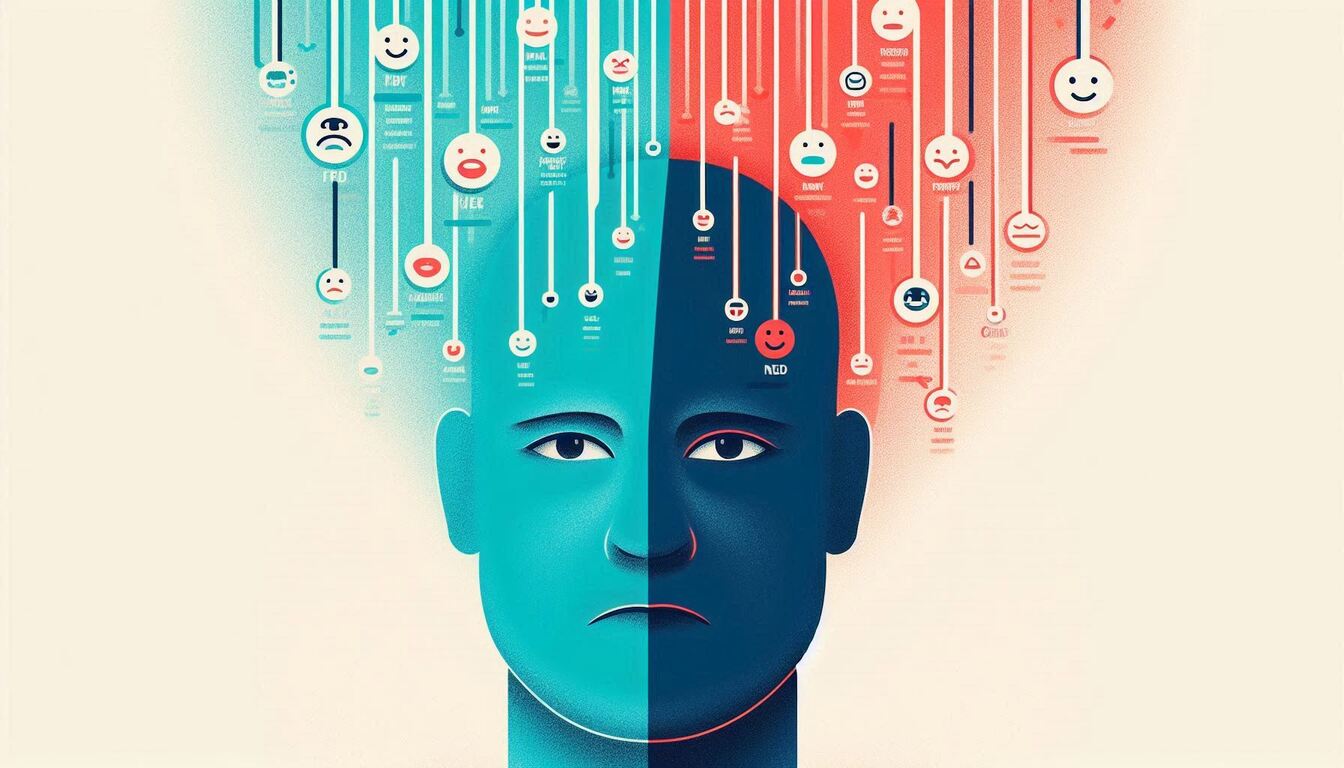
Determining the emotional tone behind a text is useful for applications like product reviews, social media monitoring, or customer feedback.
Information Retrieval

It is efficiently retrieving relevant information from vast datasets, such as search engines or knowledge databases.
Parts of Speech Tagging (POS Tagging)
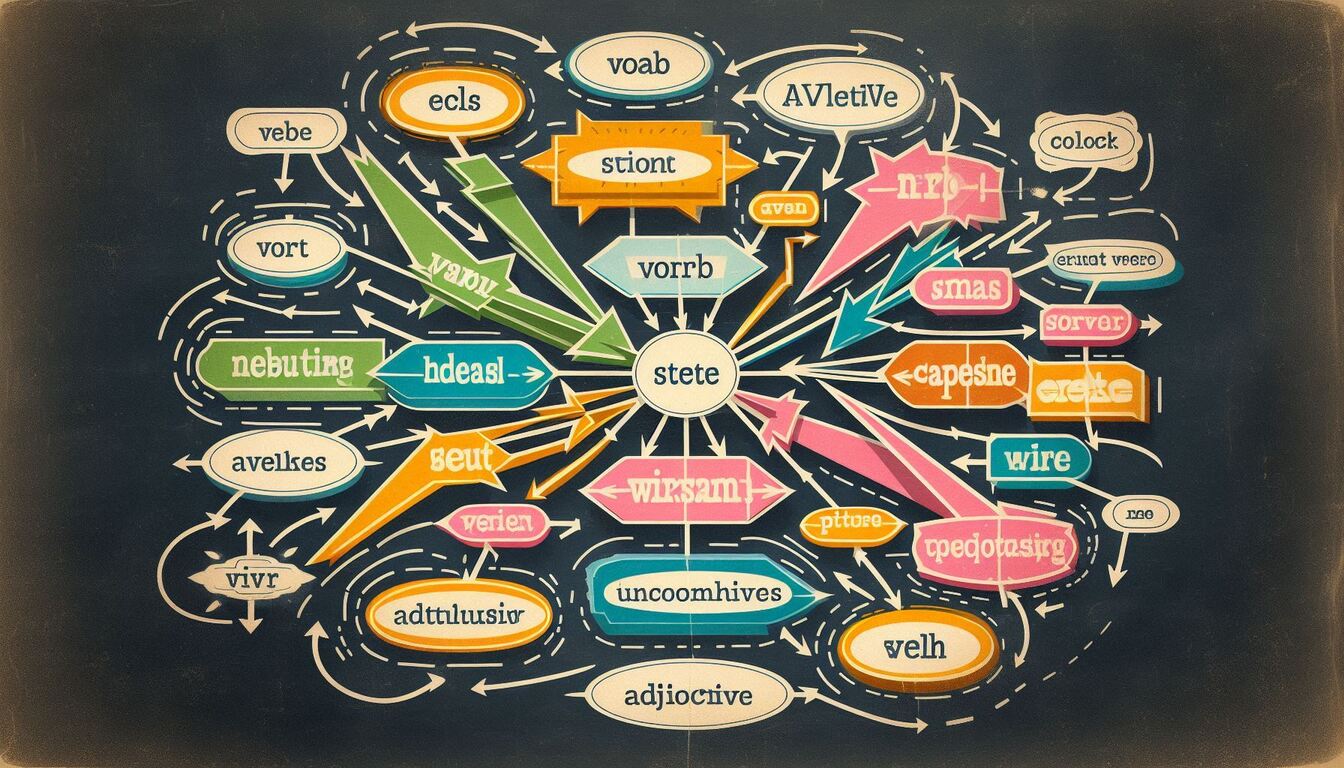
Identifying grammatical components like nouns, verbs, and adjectives in a text to understand its structure and meaning.
Language Detection and Machine Translation

Automatically identifying the language of a text and translating it into another language, improving cross-language communication.
Conversational Agents (Chatbots/Virtual Assistants)
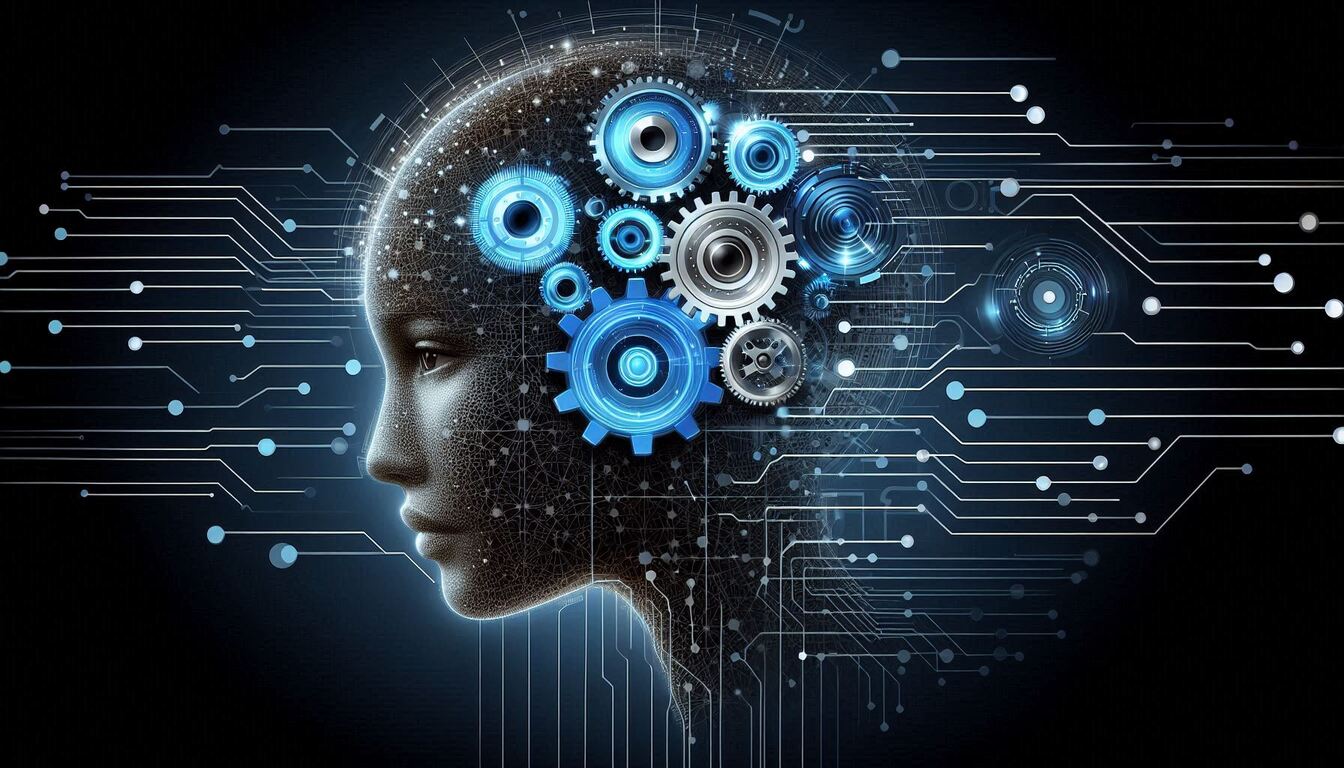
Creating interactive agents like chatbots or voice assistants that understand and respond to user queries in natural language.
Knowledge Graph and QA System

Developing systems that map relationships between different pieces of information, enabling complex question-answering mechanisms.
Text Summarization
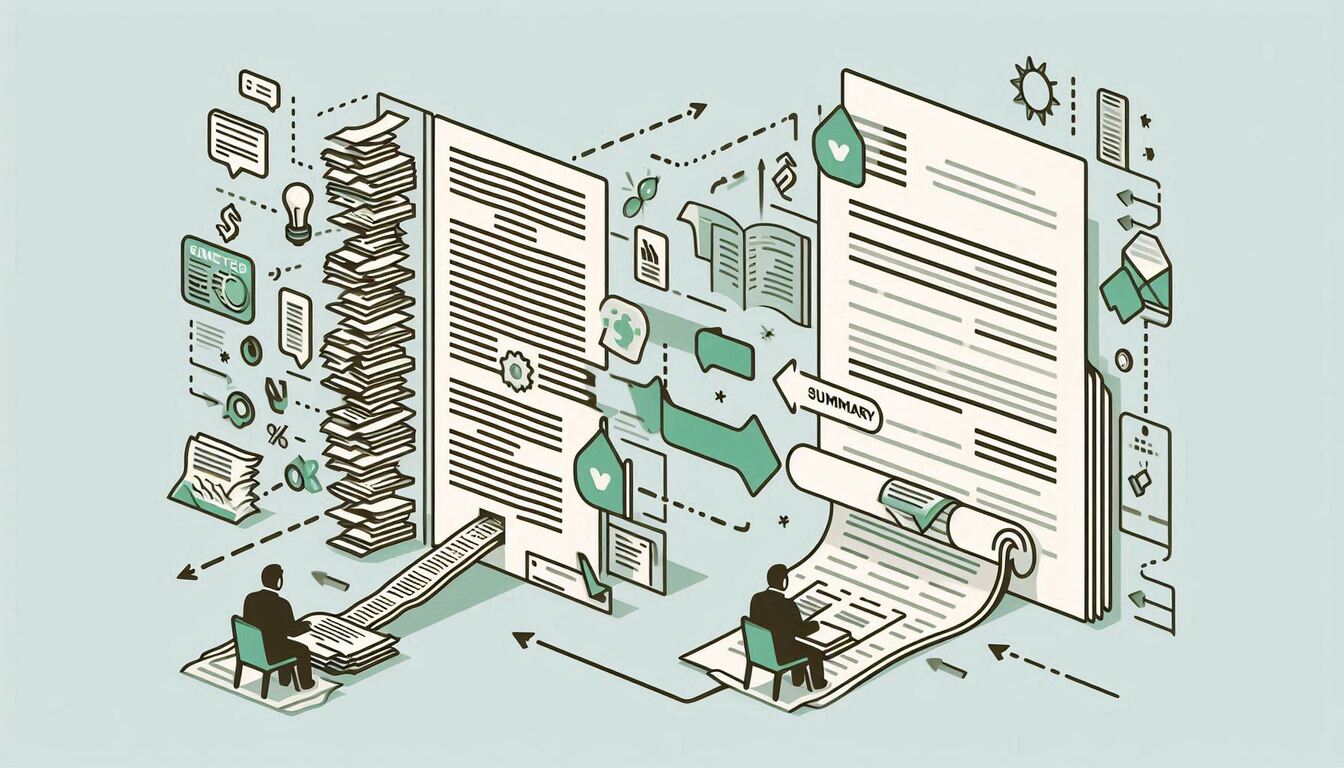
Automatically generating concise summaries of longer texts, saving time by delivering key points quickly.
Topic Modeling
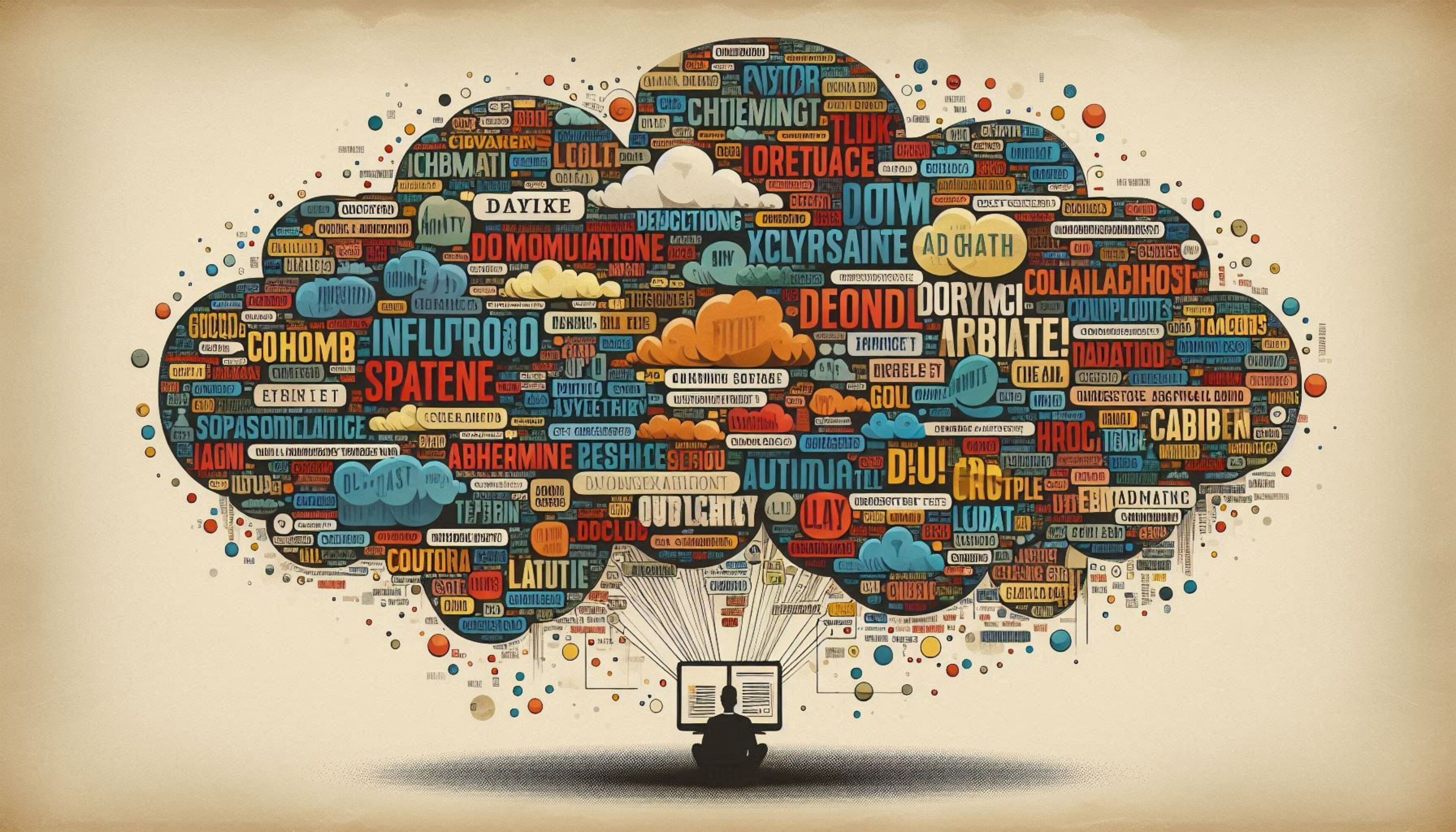
Extracting hidden themes or topics from large datasets, useful for discovering trends and categorizing content.
Text Generation

Using NLP models to create human-like text for applications like content generation, chatbots, or writing assistants.
Spell Checking and Grammar Correction

Enhancing the accuracy of written text by correcting spelling and grammatical mistakes in real-time or during post-editing.
Text Parsing
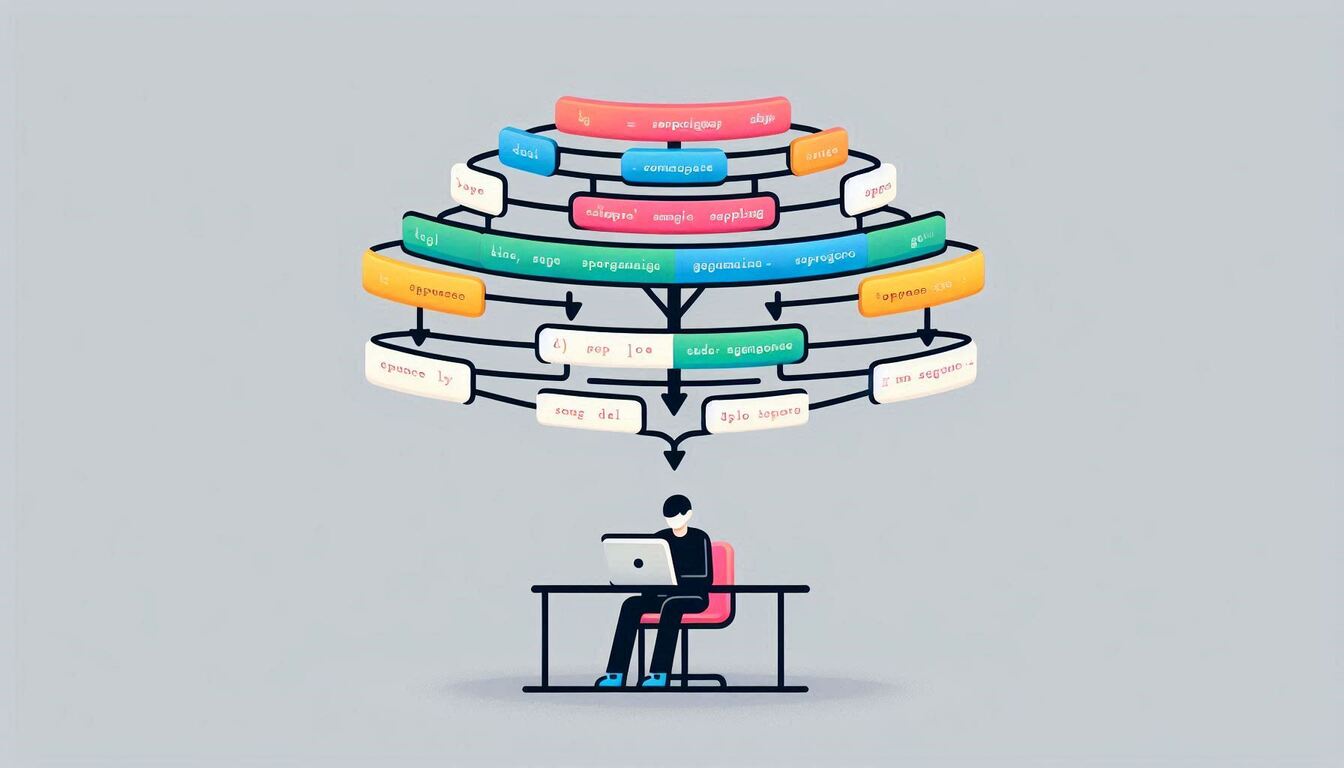
Breaking down sentences into their grammatical components to understand sentence structure and meaning.
Speech to Text

Converting spoken language into text, enabling applications like transcription services, voice commands, and accessibility tools.
Text to Speech

Translating written text into spoken language, helping with applications like virtual assistants, accessibility tools, and automated customer service.
While many view NLP (Natural Language Processing) as a cutting-edge technology, it’s actually an established and often overlooked field that has been in use for many years. As time has passed, NLP has evolved significantly, leading to different approaches for performing NLP operations, each with its own advantages and disadvantages. Here are some popular approaches:
1. Heuristic Approaches
Heuristic approaches provide quick solutions for NLP tasks and remain relevant today. These techniques rely on predefined rules and methods, such as:
Regular Expressions: Used for pattern matching in text.
WordNet: A lexical database that groups words into sets of synonyms and offers definitions.
2. Machine Learning Approach
The machine learning approach marked a key evolution in the NLP landscape. In this method:
Text is vectorized, converting it into numerical representations that machine learning models can analyze.
Unlike heuristic methods, machine learning models generate their own rules based on data, allowing for greater flexibility.
However, a notable drawback of this approach is the potential loss of sequential information during vectorization, which can hinder understanding of context.
3. Deep Learning Approach
Deep learning represents a further advancement in NLP, addressing some limitations of traditional machine learning:
This approach retains sequential information, making it more effective for context-driven tasks.
Deep learning employs various architectures such as:
Recurrent Neural Networks (RNNs)
Long Short-Term Memory networks (LSTMs)
Gated Recurrent Units (GRUs)
Convolutional Neural Networks (CNNs)
NLP (Natural Language Processing) is not a beginner-friendly field like web or app development, where engineers can learn a few programming languages and quickly build applications. Instead, NLP is a complex domain that requires a diverse skill set and expertise. As an NLP engineer, you’ll often face various challenges, including:
Common Challenges in NLP
Ambiguity

Natural language can be ambiguous, with the same sentence potentially having multiple meanings depending on context.
Contextual Words

Words may have different meanings in different contexts, making it difficult to accurately interpret text.
Colloquialisms and Slang

Informal phrases, idioms, and proverbs can carry entirely different meanings, complicating text analysis.
Synonyms
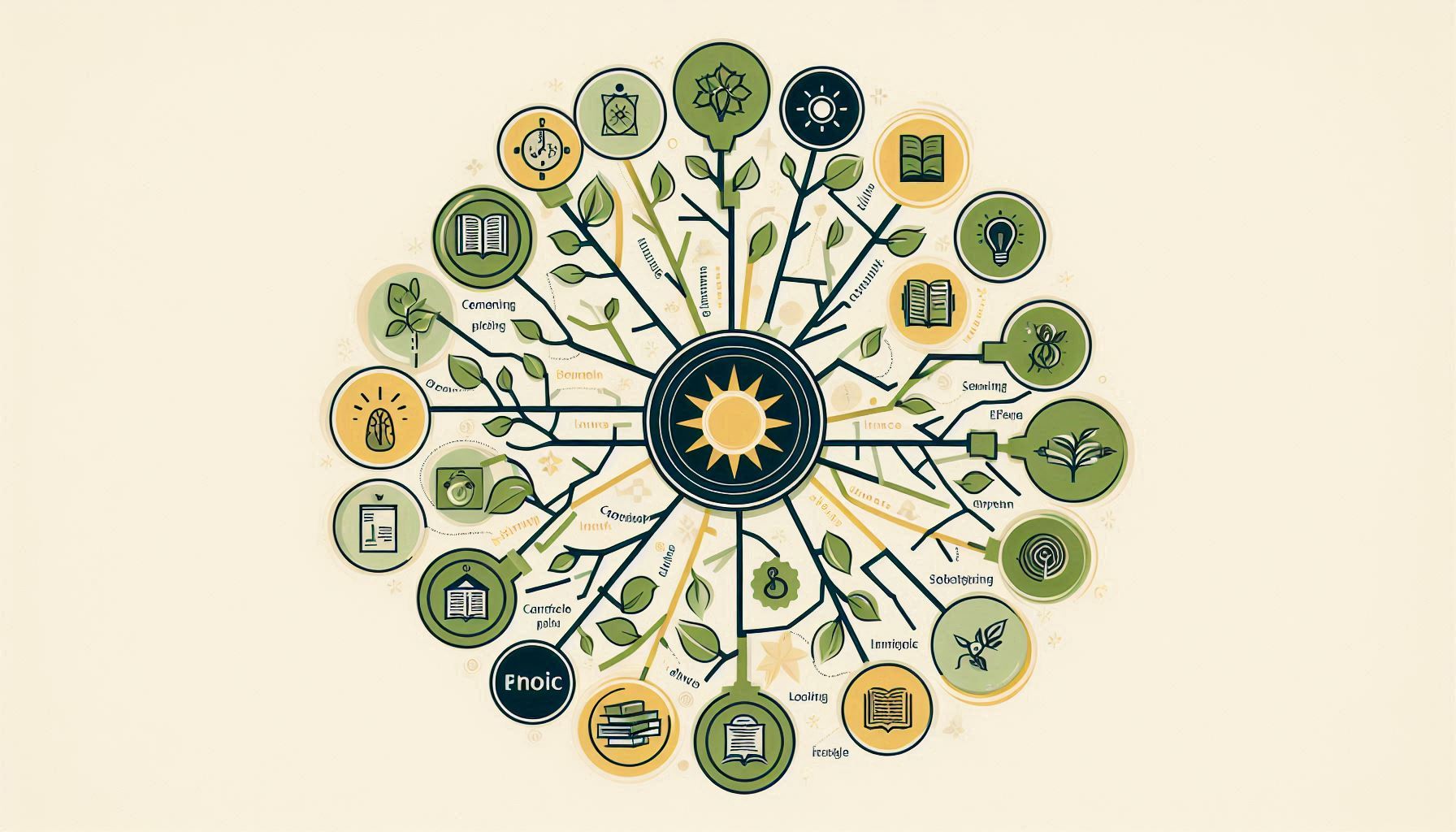
The existence of multiple words with similar meanings can lead to confusion and complicate processing.
Irony, Sarcasm, and Tonal Differences

Recognizing irony or sarcasm requires understanding tone, which is often challenging for NLP models.
Spelling Errors

Misspellings can disrupt analysis and lead to inaccuracies in text interpretation.
Creativity

Generating creative content—such as poetry, dialogues, or scripts—poses a unique challenge, as it requires an understanding of nuance and style.
Diversity

The vast array of languages and dialects adds another layer of complexity to NLP tasks, requiring models to adapt to different linguistic structures.
NLP (Natural Language Processing) is a vast field with limitless possibilities. This technology enables machines to interact with humans, empowering people to bring life to machines in unprecedented ways.
In the future, we could develop humanoid robots capable of understanding and expressing emotions if we harness NLP to its fullest potential. By improving how machines comprehend and generate human language, we can create more intuitive and emotionally aware interactions, ultimately bridging the gap between technology and humanity.
Subscribe to my newsletter
Read articles from Jaydev Jadav directly inside your inbox. Subscribe to the newsletter, and don't miss out.
Written by

Jaydev Jadav
Jaydev Jadav
I am a passionate software developer specializing in Software development. With a strong focus on programming, development, cloud technologies, Artificial Intelligent, Machine Learning and application integration